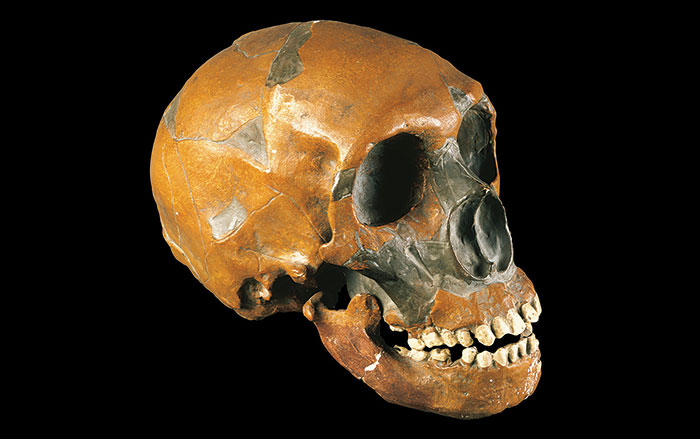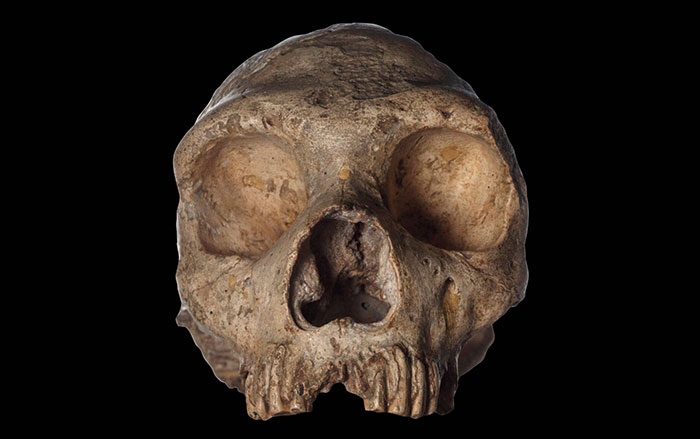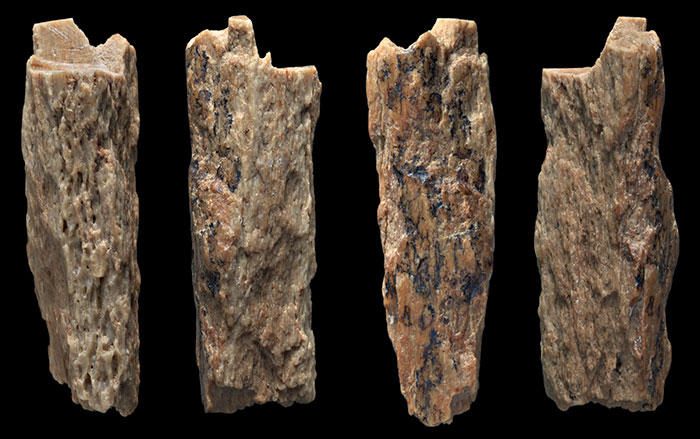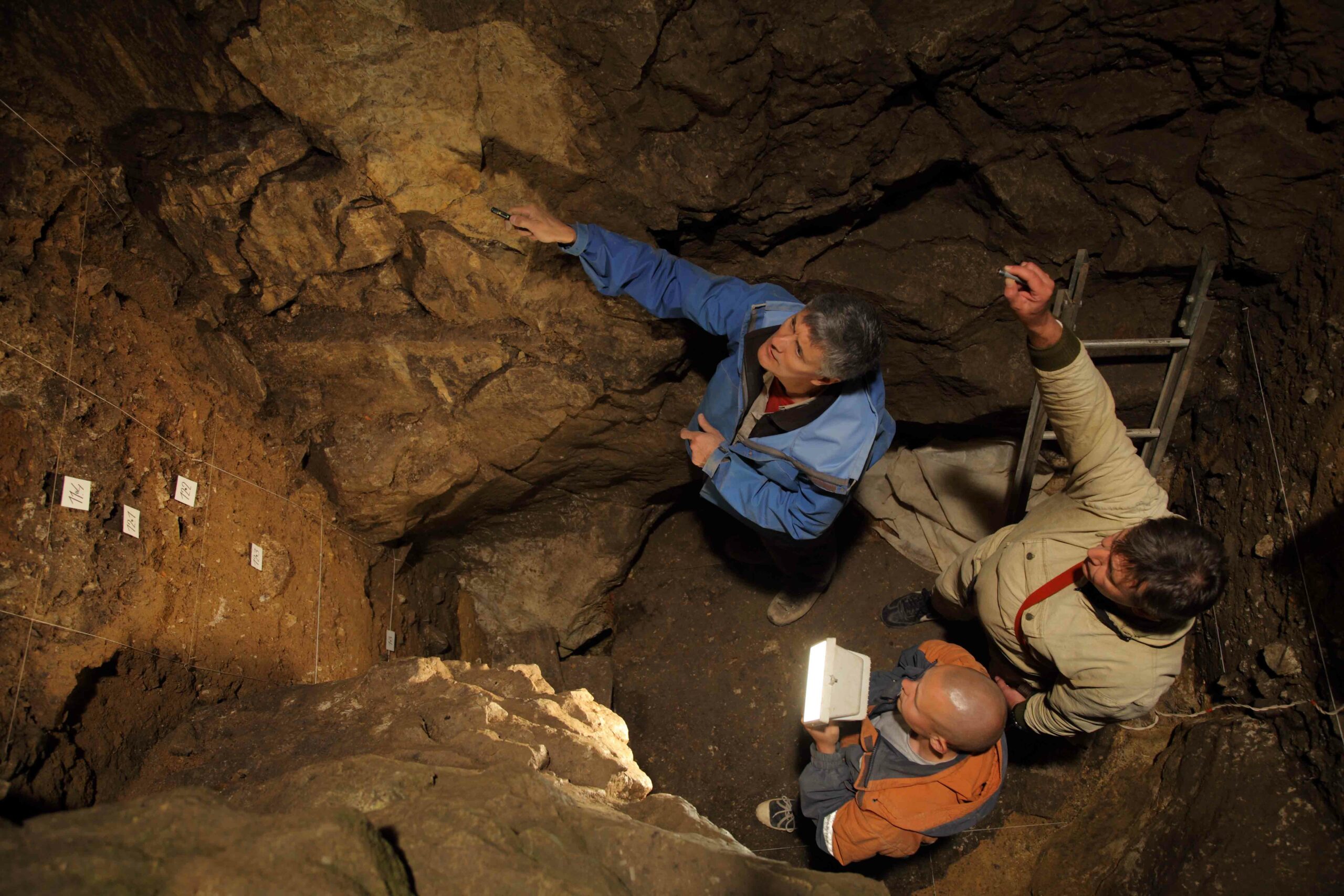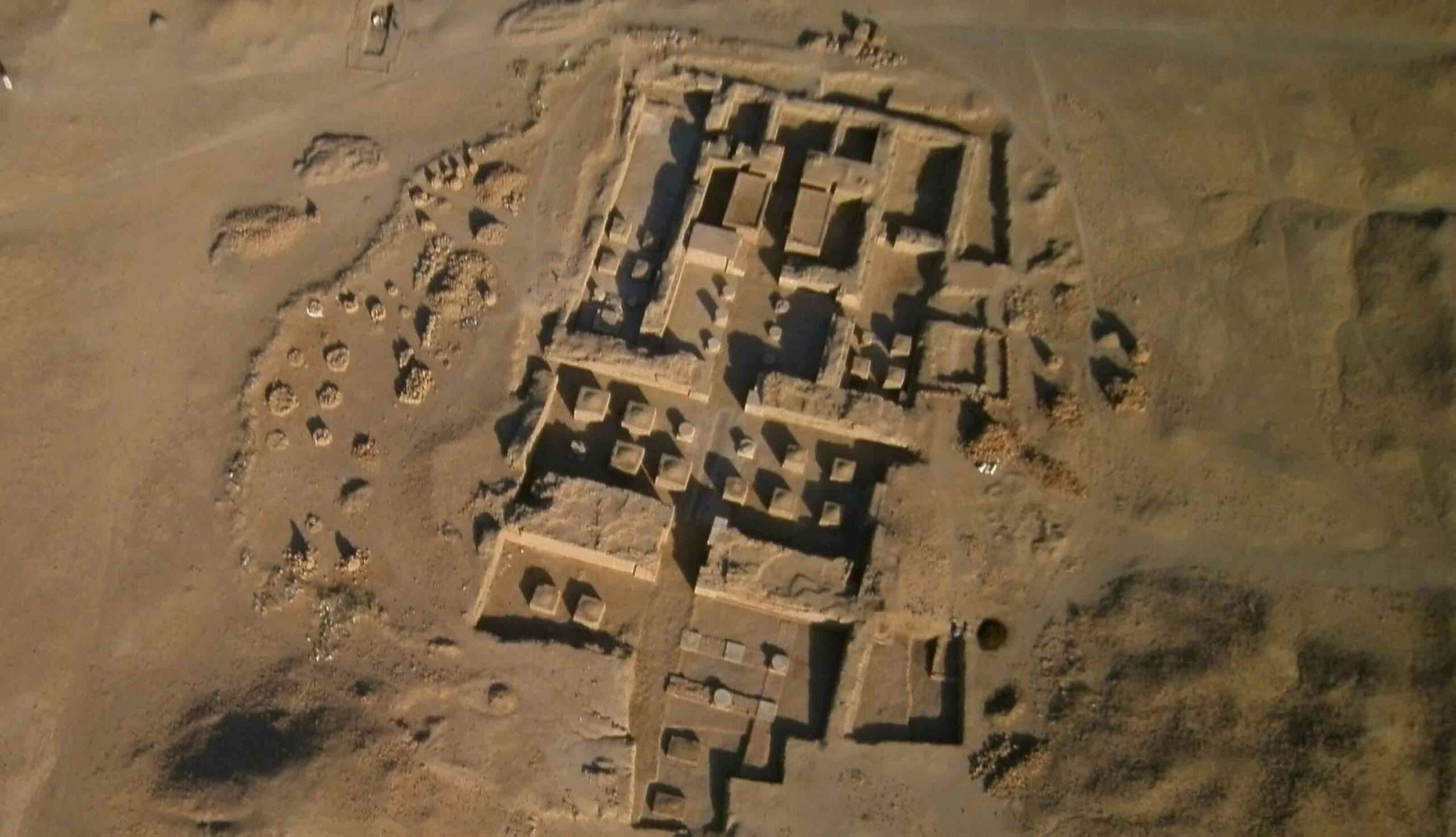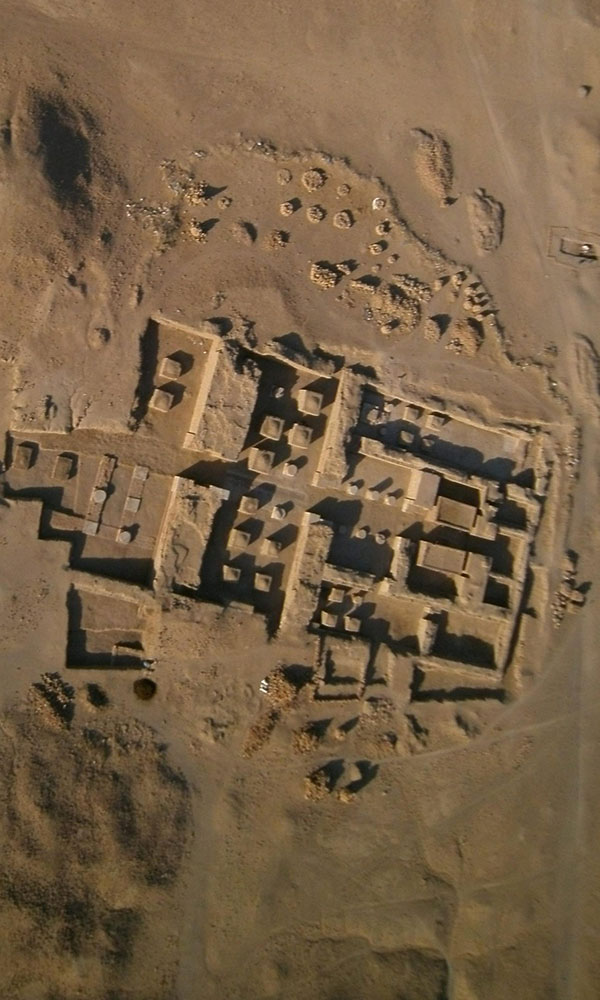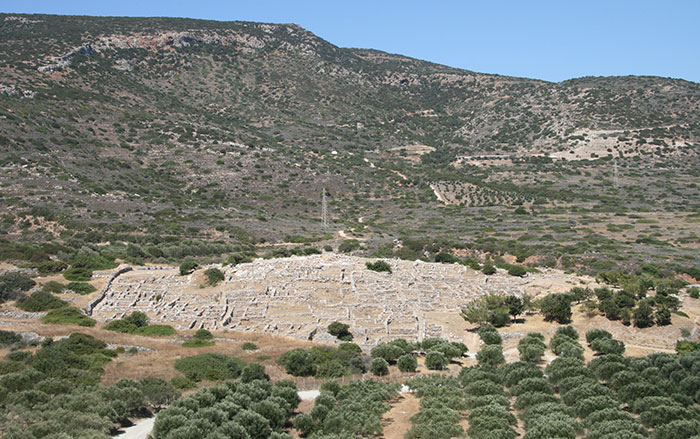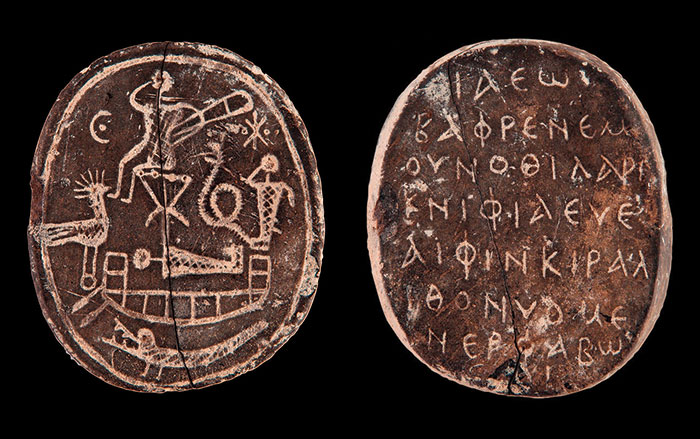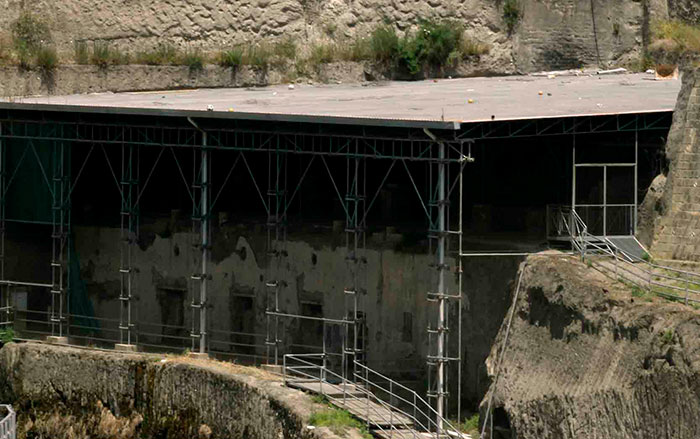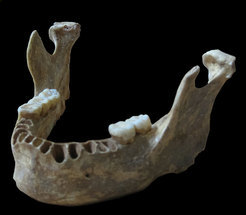
MUNICH, GERMANY—Analysis of DNA obtained from a 40,000-year-old jawbone from Romania’s Oase Cave—one of the earliest modern-human fossils found in Europe—indicates that five to 11 percent of the man’s genome came from a Neanderthal ancestor. “The data from the jawbone imply that humans mixed with Neanderthals not just in the Middle East but in Europe as well,” researcher Qiaomei Fu said in a press release. The international team of scientists, including researchers from the Emil Racoviţă Institute of Speleology, the Max Planck Institute for Evolutionary Anthropology, Harvard Medical School, and Beijing’s Key Laboratory of Vertebrate Evolution and Human Origins, estimates that the man’s exceptionally large segments of inherited Neanderthal DNA, which shorten with each generation, came from a Neanderthal ancestor in the previous four to six generations. “Interestingly, the Oase individual does not seem to have any direct descendants in Europe today. It may be that he was part of an early migration of modern humans to Europe that interacted closely with Neanderthals but eventually became extinct,” added David Reich, who coordinated the population genetic analyses of the study. To read more about our extinct cousins, go to "Should We Clone Neanderthals?"


